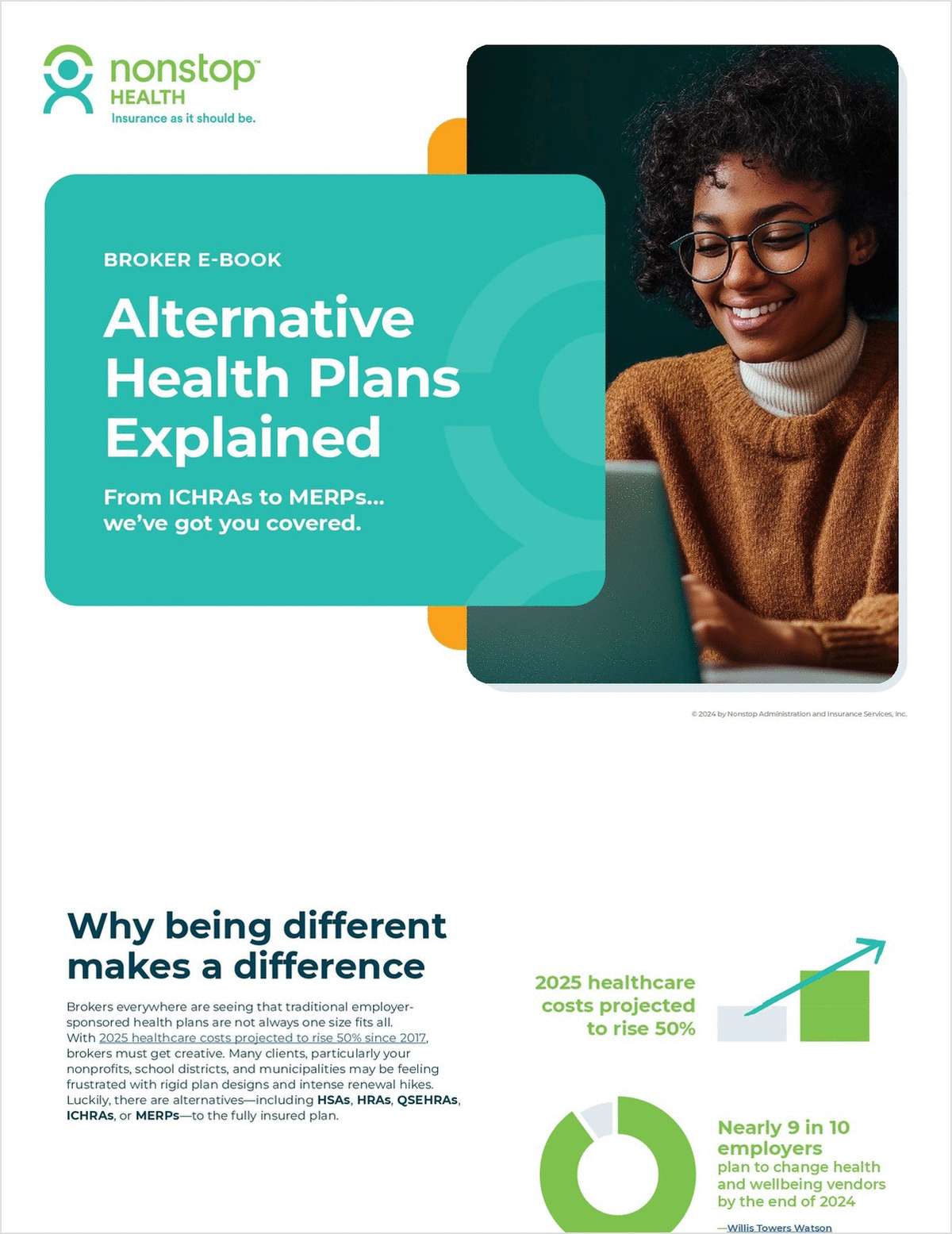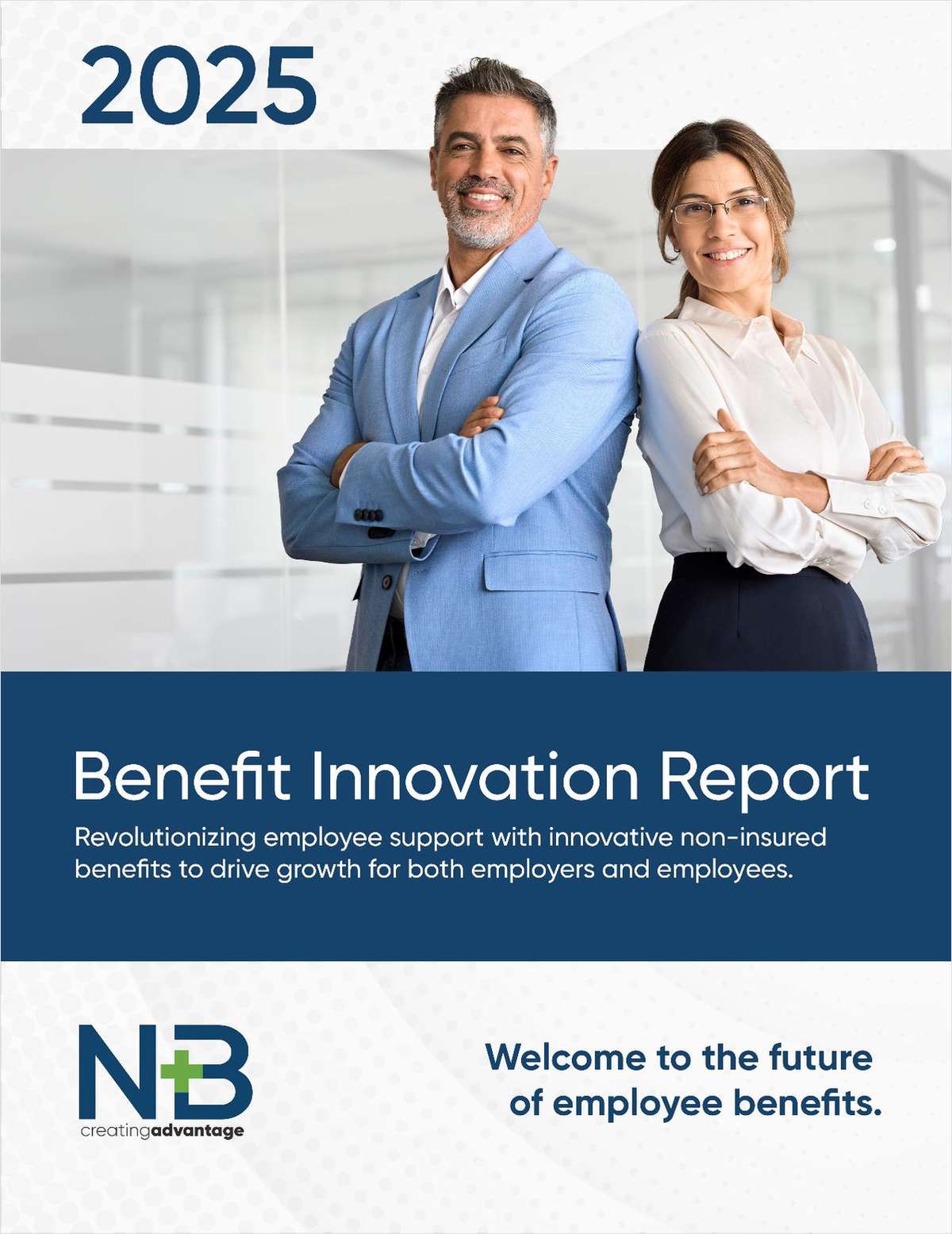
Make sure to attend Reid Rasmussen's Education Track session, “Shifting Sands: Navigating Today's Coverage Gaps,” April 18 at 1:30 p.m.
We're in conference season in the health care industry. I've been at three in just the past two weeks—in the West, North and South. And I'm looking forward to the Benefits Selling Expo in Fort Lauderdale in April (best weather prospect of all of these).
All around the country, brokers ask where the industry is going. They want to know if other states are seeing the same changes they are; and, of course, they want to know about the great solutions that are popping up elsewhere. We feel the sands shifting, and are looking for solid footing.
Here are five trends that I believe will drive much of the industry change in the future:
1. No End In Sight for Medical Cost Increases
Is this worthy of being prediction number one? Well, it's the driver of most of the other trends, so it's appropriate. While the good news is that the percentage increase is less than it was 10 years ago, it's still many times the rate of inflation. And the “compounding interest” plays out every week with American families
-
2016 individual rate increases averaged 10 percent over 2015.
-
81 percent of employers will raise out-of-pocket costs within the next couple of years.
2. Carriers Consolidate
The power is concentrating into fewer places. While we've seen some hospital plans develop or merge with regional health plans, the real news is the shrinkage.
-
The five largest health insurance companies are reducing to three. Aetna (#3) buys Humana (#5), and Anthem (#2) absorbs Cigna (#4).
-
Assurant sold off their medical insurance business last year.
-
22 of 23 PPACA-created co-ops lost money, and half closed. So that didn't create real alternatives.
3. Less Plan Options
As plan costs rise, increased mandates and compliance rules push off opportunities for innovative approaches to plan design. We keep hoping to find them as we scout around the U.S., but too often, we see signs of less medical plan options. For example:
-
In Texas, a state that doesn't exactly embrace HMOs, BCBS of TX dropped all individual PPOs and moved everyone to their HMO.
-
In Alaska, Moda Health's retreat from the market leaves only one individual medical plan serving the whole state.
-
In a kind-of-related turn, many carriers (such as UnitedHealthcare, Humana, Cigna, and Oscar) now limit which plans they will pay brokers to sell. This is another way to drive members into specific plan designs.
4. Shrinking Access to Physicians
Driven by rate increases, a common carrier response is to reduce the size of the physician network. By driving the same number of members to a much smaller number of physicians and hospitals, the carrier can negotiate much better rates. Back in the 1990s, this was common. Now, we see this is a growing trend in about half the states. Another side of the access issue is that there just won't be enough doctors:
-
The Association of American Medical Colleges latest survey reveals that by 2025, the U.S. will be short 46,000-90,000 physicians. And nothing is being done to increase the number of medical school graduates.
5. Pharmacy Cost Increases Skyrocket — Again

Prior to 2010, the pharmaceutical industry was the whipping-boy for trend increases. Have you noticed the silence on this topic for the past few years? Driven by major drugs moving to generics, Rx spending increases were low in recent years.
However, there are no more good trends in drugs turning generic on the horizon. And all we see on the horizon are amazingly expensive “specialty drugs.” It's what has driven prices to rise in the past year or so. And there's no end in sight for this trend. One VP of pharmacy for a major carrier predicted, “By 2025, up to 40 percent of the medical plan cost will be drugs.”
So where does this leave us as an industry? If these are the trends, then how should we respond? What solutions should carriers develop? What strategies can be used to best round out future plan designs?
Complete your profile to continue reading and get FREE access to BenefitsPRO, part of your ALM digital membership.
Your access to unlimited BenefitsPRO content isn’t changing.
Once you are an ALM digital member, you’ll receive:
- Breaking benefits news and analysis, on-site and via our newsletters and custom alerts
- Educational webcasts, white papers, and ebooks from industry thought leaders
- Critical converage of the property casualty insurance and financial advisory markets on our other ALM sites, PropertyCasualty360 and ThinkAdvisor
Already have an account? Sign In Now
© 2024 ALM Global, LLC, All Rights Reserved. Request academic re-use from www.copyright.com. All other uses, submit a request to [email protected]. For more information visit Asset & Logo Licensing.








